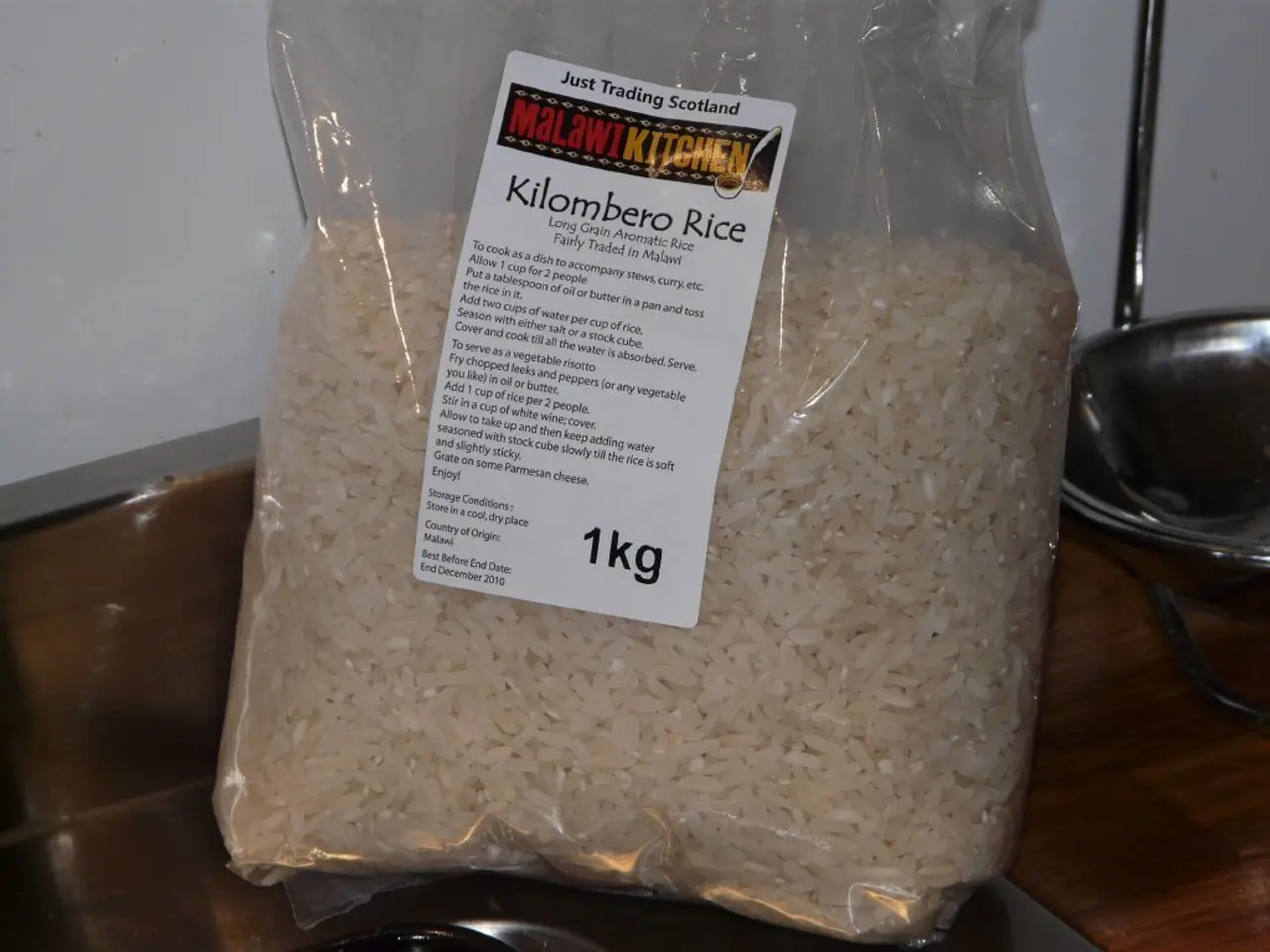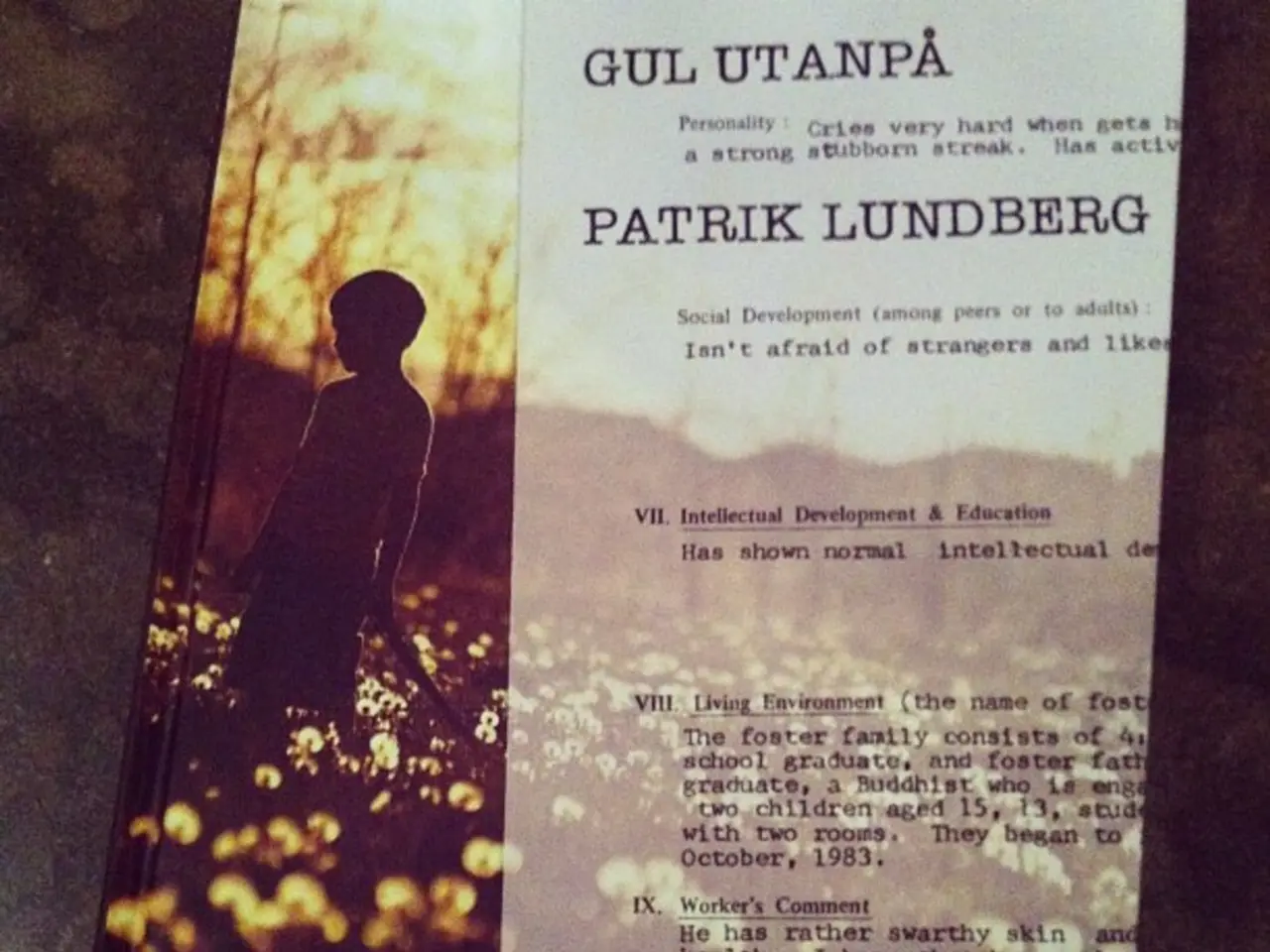All About Rice: Rooted in a Rich Heritage of Rice Farming
In the heart of Japan, a land rich in history and tradition, rice plays an essential role, deeply intertwined with the country's culture, cuisine, and identity.
Rice cultivation, introduced around 3,000 years ago during the Yayoi period, marked a significant shift from the primarily fish-based diets of the Jōmon period. Simultaneously, millet was introduced, but it was rice that took root and became the staple crop, gradually replacing millet in Japanese cuisine [1][2][3].
The expansion of paddy rice agriculture throughout most of Japan by around 2100 years ago formed the foundation for settled agricultural society. While dry-field crops persisted in northern regions like Hokkaido, wet rice farming became dominant [3]. This agricultural revolution supported the growth of farming communities and laid the economic foundation for early Japanese civilization.
Culturally, rice holds immense symbolic value in Japan. Unlike the symbolic hunting traditions that defined royalty in parts of the West, the Japanese emperor's rank has historically been tied to rice agriculture and overseeing favorable conditions for it. Rice rituals and festivals remain exclusive imperial functions, underscoring rice's symbolic value as a marker of societal stability, prosperity, and cosmological order [4].
In modern Japan, rice remains central to the culinary landscape. A staple in various dishes, it is the foundation for sushi, donburi, and mochi. Sushi, a global phenomenon, offers more than just nigirizushi, the hand-formed, bite-sized balls of vinegared sushi rice topped with sushi toppings. Other styles include chirashi (sushi rice mixed with a variety of ingredients), maki (rolled sushi wrapped in nori), inari (deep-fried tofu filled with sushi rice), and oshizushi (box-molded sushi rice made with marinated fish) [5].
Donburi dishes, one-dish meals consisting of a larger rice bowl filled with rice and topped with main-dish ingredients, offer a diverse array of options, from ikura-don (salmon roe) to gyu-don (beef) [5].
Mochi, Japanese rice cakes, are another festive food indispensable to rituals, sacred rites, and special days. Traditionally made by pounding steamed sticky rice, they come in various shapes, such as maru-mochi (round), kaku-mochi (square), and mame-mochi (beans) [6].
The Japanese have long preferred short-grain rice, which becomes glossy and sticky when cooked, offering a moist, chewy texture that becomes slightly sweeter as one chews.
This exploration of rice in Japan would not be complete without acknowledging the support of various organizations and individuals, including amana inc., Tadanori Gunji, Yoshitaka Mizutani, Kobo-straw, Masatoshi Yasuda, Izumo Grand Shrine, Shiki, and Kimiko Hiyamizu [7].
Despite modern dietary changes, rice continues to hold immense cultural and culinary importance in Japan, a testament to its enduring significance in Japanese history and society.
[1] https://www.jstor.org/stable/2333062 [2] https://www.jstor.org/stable/2333064 [3] https://www.jstor.org/stable/2333066 [4] https://www.jstor.org/stable/2333068 [5] https://www.japantimes.co.jp/life/2020/03/16/food/sushi-styles-japan-beyond-nigiri/ [6] https://www.japantimes.co.jp/life/2020/02/17/food/mochi-japanese-rice-cakes-festive-food-indispensable-rituals-sacred-rites-special-days/ [7] https://www.ama-na.co.jp/english/
- The introduction of rice farming in Japan during the Yayoi period laid the foundation for a shift in the country's cuisine, marking the beginning of a emphasis on rice as a staple food.
- In Japanese culture and tradition, rice holds symbolic value, with the emperor's rank historically tied to rice agriculture, and rice rituals and festivals remaining exclusive imperial functions.
- Today, rice continues to play a central role in the food-and-drink lifestyle of modern Japan, being a foundation for various dishes like sushi, donburi, and mochi.
- Sushi, a globally recognized Japanese cuisine, offers more than just nigirizushi, with other styles including chirashi, maki, inari, and oshizushi.
- Donburi dishes, consisting of a large rice bowl filled with rice and main-dish ingredients, offer a diverse array of options, with popular choices such as ikura-don and gyu-don.
- Mochi, traditional Japanese rice cakes, are indispensable to rituals, sacred rites, and special days, coming in various shapes like maru-mochi, kaku-mochi, and mame-mochi.




